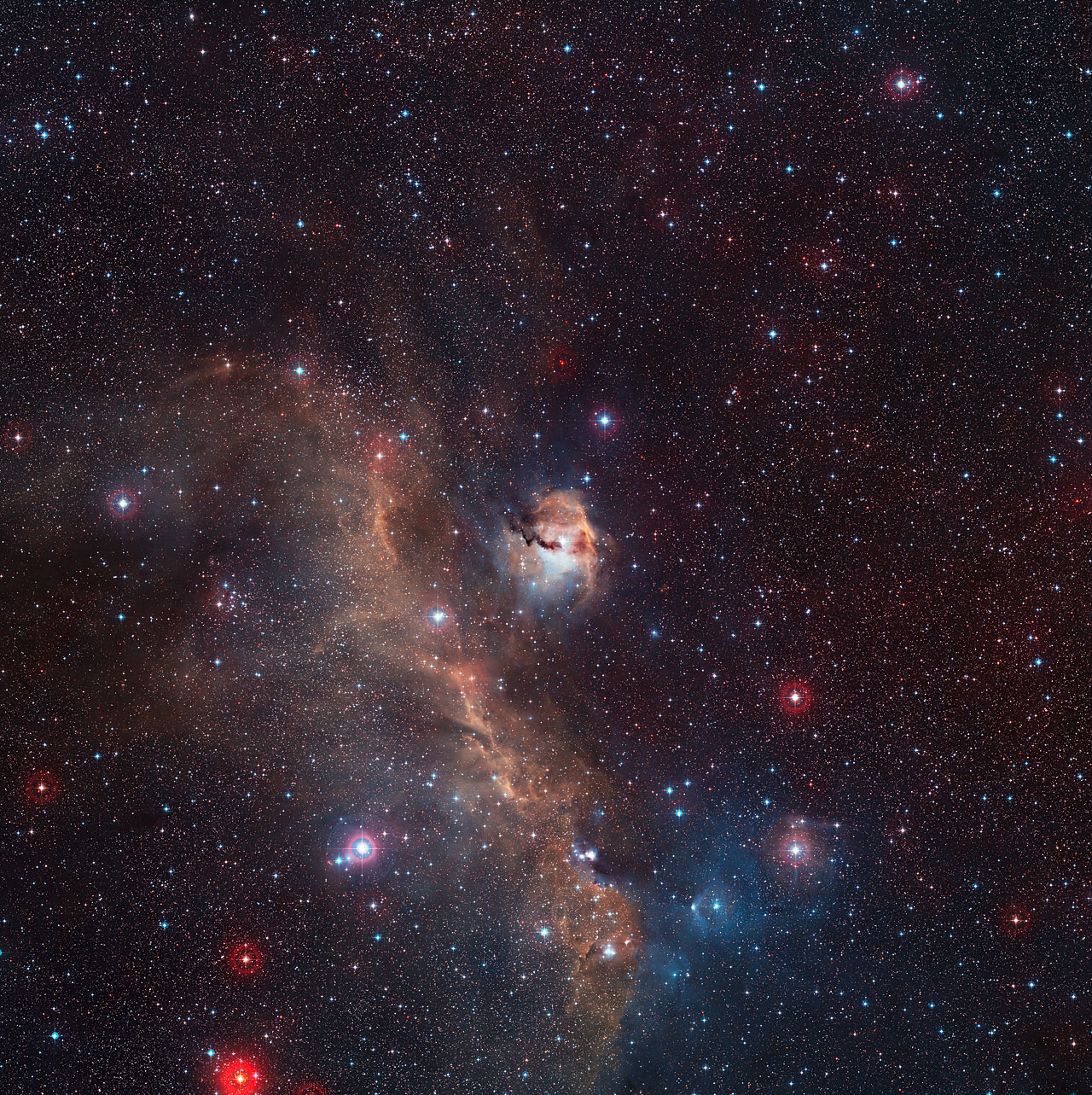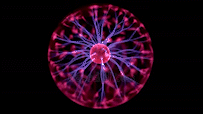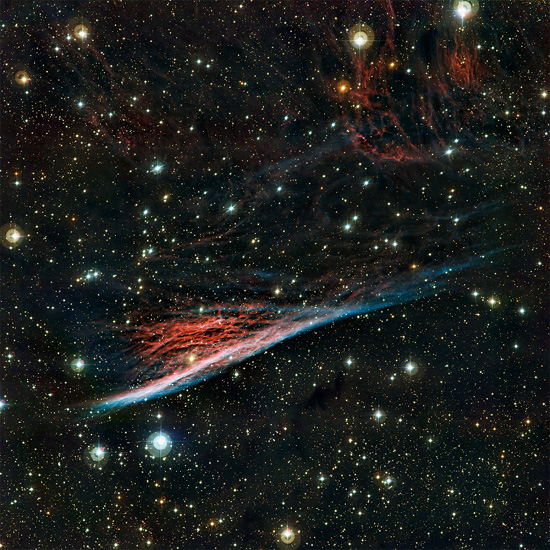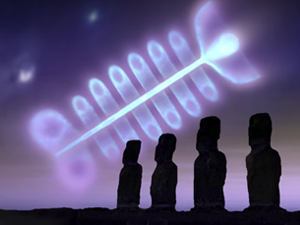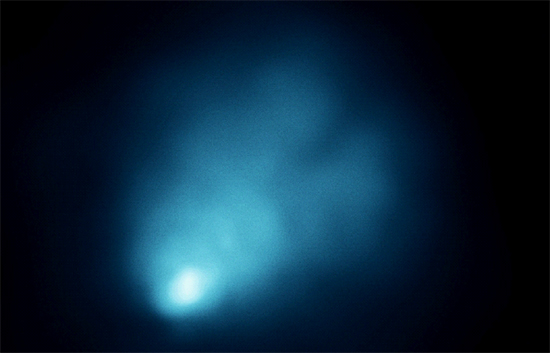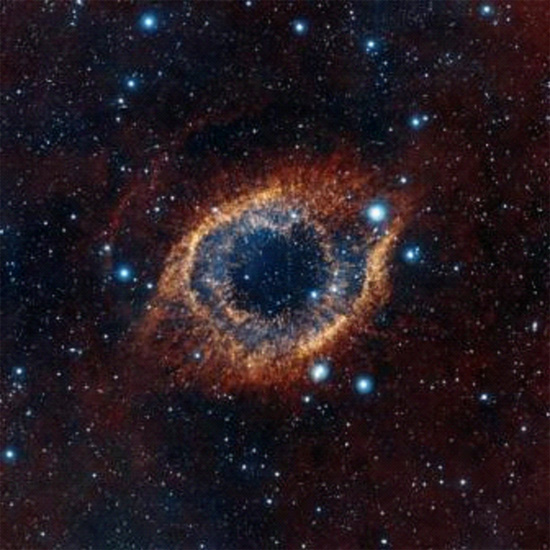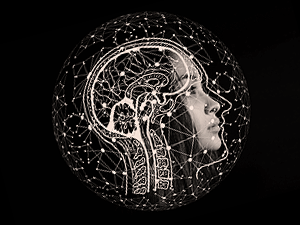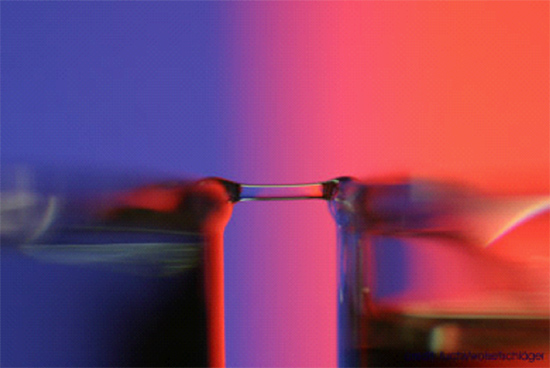Troubles With Bubbles
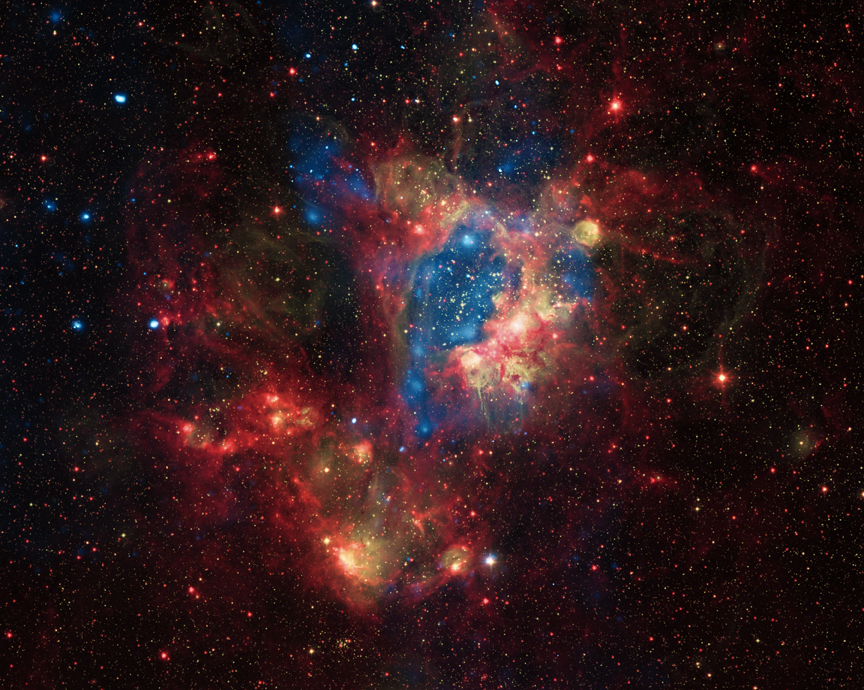
Original Post October 26, 2012 Both nuclear powered stars and electrically powered stars produce bubbles in the plasma surrounding them. From that common observational beginning, the theoretical explanations diverge. Nuclear generated bubbles come in two types: planetary nebulae (PNs) and supernova (SN) remnants. The PNs are bubbles that are…





